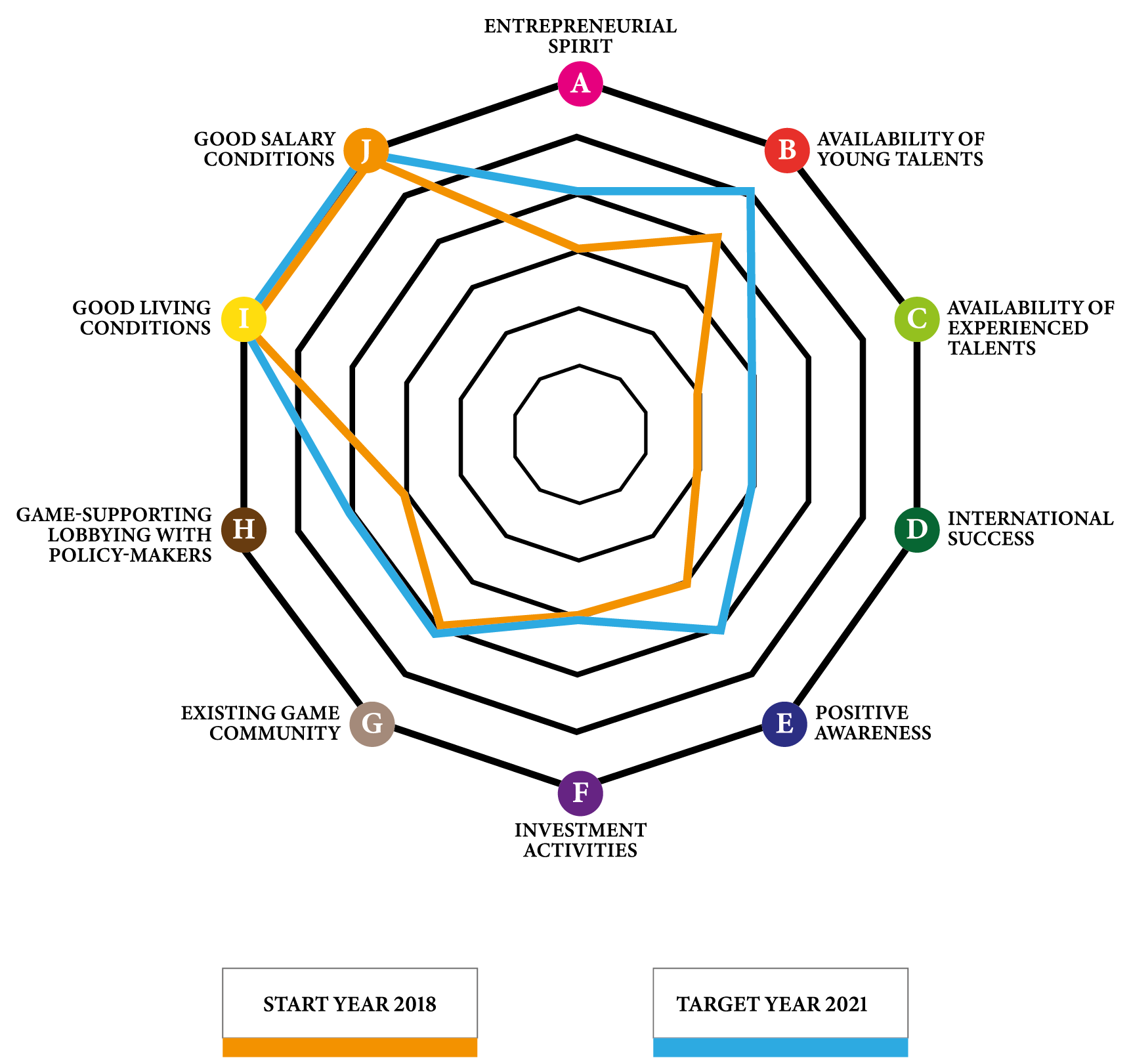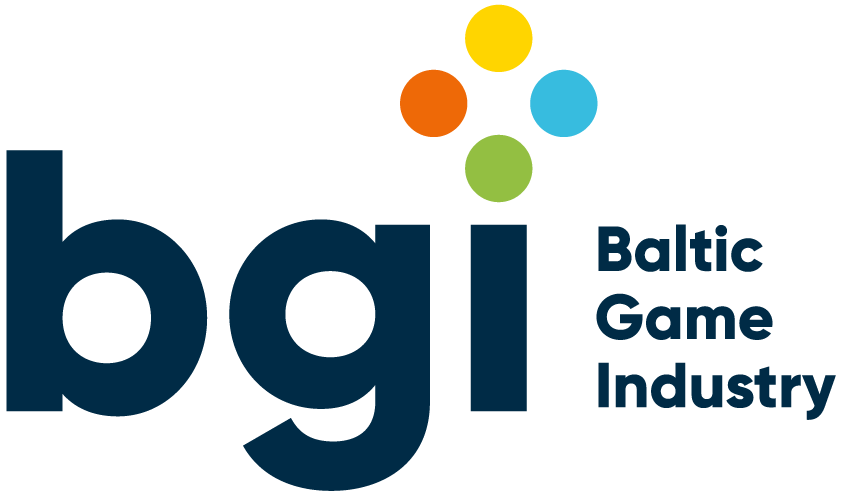Quality of Location and Living Conditions Denmark & Central Denmark Region
| Population | 1.326.340 (2020) of 5.806.081 |
| Median age | 41.2 years |
| Share of foreigners | 11,4% (2019) |
| Granted citizenship | 2836 (2019) |
| Average rent (incl. heating and incidental expenses) | 14 €/sqm (2020) |
| Entitlement to weekly formal child care | 50 hours |
| Households w/ access to up to 50Mbits/sI | 94% (2020) |
| General practitioners | 0.63 / 1,000 inhabitants |
| Public expenditure on culture | 230 m € (2016) |
Denmark is an attractive destination for talents from entire Europe, particularly the Baltic Sea area and Eastern European countries. The work force that moves to Denmark is spread across all sectors and educational levels, from manual labour to highly specialised professionals.
Living conditions
The average rent in Central Denmark region is around 13 € per sqm, which is slightly above the national average. However, this number is skewed due to vastly higher rent costs in Aarhus, the central city of the region. The rent cost in Norddjurs Municipality is considerably lower. 95% of all households in the region have access to broadband, with the speed and stability continuously being improved.
Quality of life
The Danish model for childcare is based on entitlement to 50 hours of weekly formal care, with the necessary number of day care and kindergarden spots available. Similarly, 0.63 doctors are available per 1,000 citizens, with hospitals, health centres and clinics scattered across the region.
- Childcare arrangements: formal care allowance is 50 hours per week and places per 1,000 children: 1,983 places for 1,974 children in 2016.
- Number of medical doctors per 1,000 citizens: 0.63
Cultural climate
Central Denmark Region has via Aarhus been the cultural capital of Europe in 2017, sparking a massive interest in the cultural climate with more than 10,000 events across the entire region.
The total spending on culture in Central Denmark Region was 230 m € in 2016.
Getting around / Transportation
Central Denmark region has 2 airports, which connects to both Europe and the rest of the world with close to 3.4 million passengers through the airports every year. With the expansion of the light rail within Aarhus and to cities Randers and Grenaa, as well as the expansion of the E-45 highway, the infrastructure in the region is being vastly upgraded to accommodate the expanding traffic situation. The ferries connecting Denmark to Sweden via Grenaa, Norddjurs, are being upgraded in terms of quality and number of connections, strengthening the travel opportunities to and from Norddjurs Municipality.
______________________
Status: 2020



